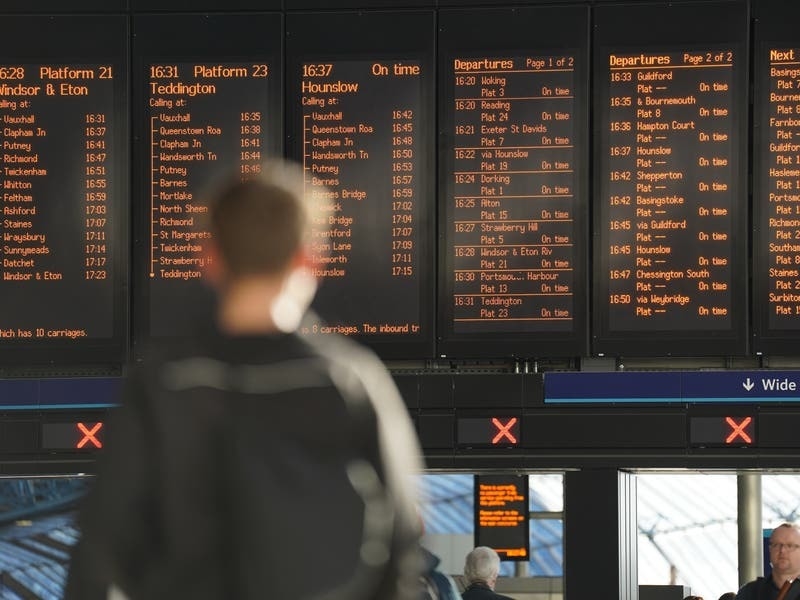Hurricane Maria has swiftly followed Hurricanes Harvey and Irma in wreaking devastation across the Caribbean. The category five storm is moving across the Caribbean Sea towards St Kitts and Nevis and is due to make landfall in Puerto Rico on Wednesday.
#Maria made landfall on Dominica at 915 pm AST as a category 5 #hurricane with 160 mph (260 km/h) winds https://t.co/QSxq7VPr15? pic.twitter.com/3Z1Q95WYlM
— NHC Atlantic Ops (@NHC_Atlantic) September 19, 2017
Are so many hurricanes in a short space of time normal, and why is this particular area of the world being battered by tropical cyclones now? Here’s what you need to know.
What is a hurricane, exactly?
A hurricane is another name for a tropical cyclone. A tropical cyclone starts over the sea and according to the Royal Meteorological Society, there has to a number of particular factors for one to form.
These include a warm ocean temperature, humid atmosphere and different speeds of wind on the surface of the sea and in the upper atmosphere. It is deemed to be a tropical cyclone once surface wind speeds exceed 36mph, and a severe tropical cyclone once they reach 73mph.
Why are the Caribbean and the Gulf of Mexico being battered by multiple hurricanes?
Alasdair Hainsworth, chief of the Disaster Risk Reduction Services Division at the World Meteorological Organisation, says that although September is seen as hurricane season (the time of year hurricanes occur most frequently), “it is unusual that we’ve had this many severe hurricanes move through the Caribbean Islands”.
He explained that most hurricanes follow “tracks” which run through different areas where weather conditions make hurricanes more likely. “There are a number of these preferred tracks around the world and unfortunately the one in the Caribbean is exactly one of those,” said Hainsworth.
Preparations to protect life and property should be rushed to completion in Puerto Rico & the Virgin Islands #Maria https://t.co/sYVOB3gkmI pic.twitter.com/5AQ69uJFK3
— NHC Atlantic Ops (@NHC_Atlantic) September 19, 2017
The track which runs hurricanes over the Caribbean and into the southern US is caused by the hot weather in North Africa at this time of year.
These temperatures create low pressure systems which are pushed off the coast of Sierra Leone and the Gambia by prevailing easterly winds. Then, if conditions are favourable, they progress from tropical storms into tropical cyclones. If conditions continue to create hurricanes, as described above, they move across the Atlantic and potentially gain in strength, reaching further into the Caribbean and the US. Some have even reached Mexico this year.
Who decides what a hurricane is called?
WMO names hurricanes cos of public safety. Lists of names rotate every 6 years. Deadly ones are retired https://t.co/MyHB7tnBMd #Irma pic.twitter.com/z87OC1VFrl
— WMO | OMM (@WMO) September 11, 2017
The naming convention for hurricanes was established in 1953 by the World Meteorological Organisation. Each regional area has different lists of names from A to Z, which are used in rotation; for example, the 2015 list of names for the Caribbean Sea, Gulf of Mexico and the North Atlantic region will be used again in 2021.
For a time, all hurricanes in the US were named after women, but in the 1970s male names were included on the list.
However, if a hurricane of a particular name gains notoriety because of the amount of damage, destruction or loss of life it caused, the government of the countries affected can ask for the name to be retired and replaced with another name beginning with the same letter.
Over 50 hurricane names have been retired since 1978, including Katrina (2005), which killed 1,833 and caused devastation across New Orleans, and Mitch (1998), the second deadliest hurricane on record, with a death toll of 19,325.
How is the category of a hurricane measured?







